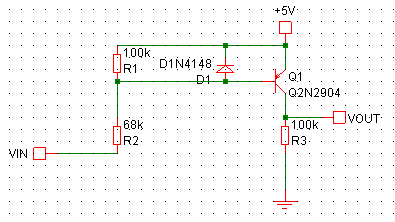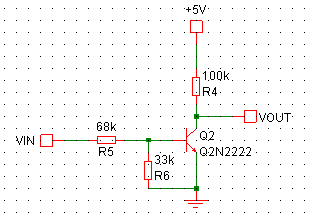Rosmawati Ismail
Junior Member level 1
Hi everyone,
I am very new here.
Recently, I did a class project that involved in hardware designing.
I am so silly I forget how to calculate base current for PNP transistor.
Anyone who willing to show me the way?
Actually I already did some calculation and now it is time for me to check the answer whether it is meet with others.
Here's the circuit:
I am very new here.
Recently, I did a class project that involved in hardware designing.
I am so silly I forget how to calculate base current for PNP transistor.
Anyone who willing to show me the way?
Actually I already did some calculation and now it is time for me to check the answer whether it is meet with others.
Here's the circuit:


